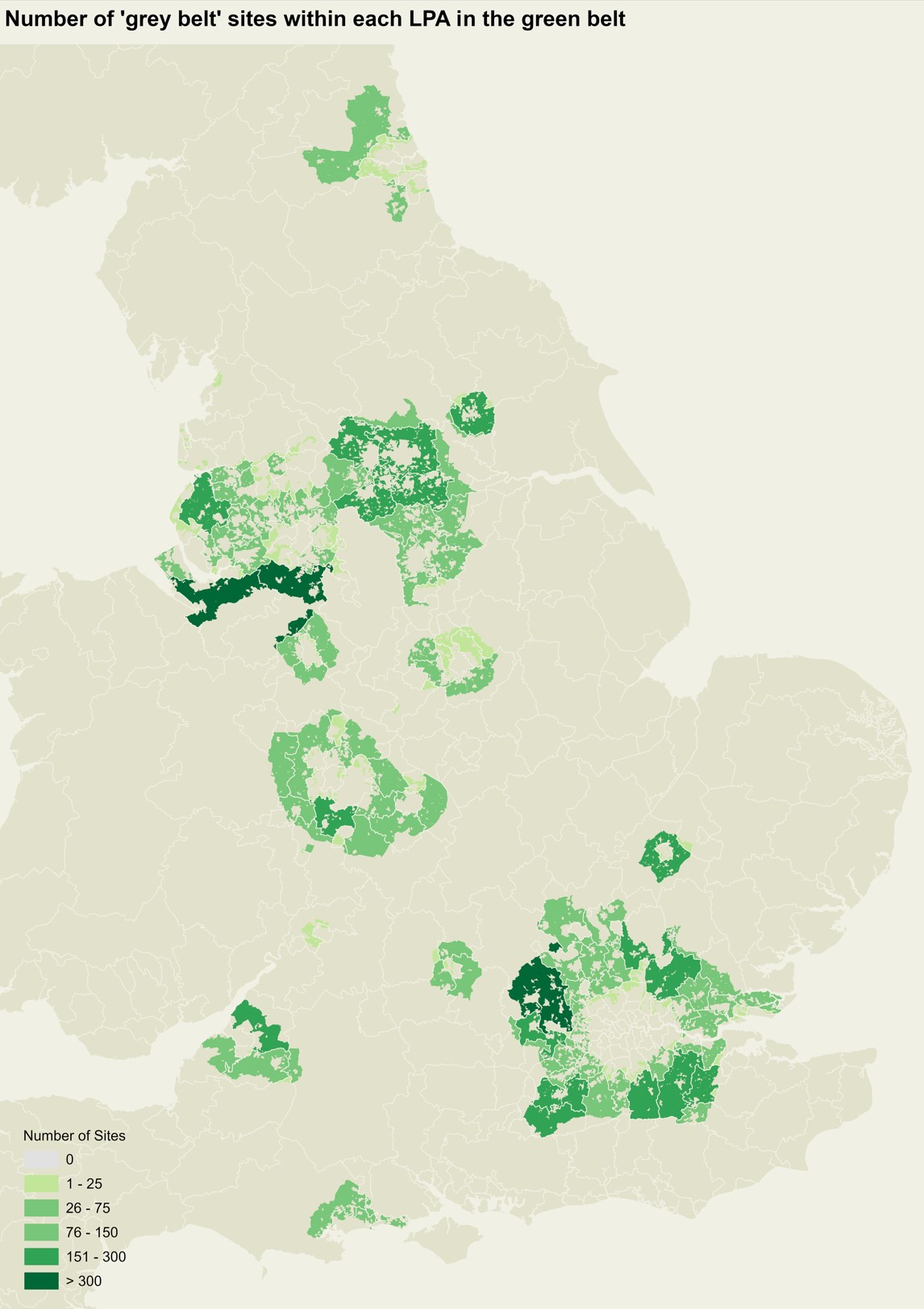How can Britain’s brownfield boost housing numbers?
Three months’ ago, Labour pledged to kickstart Britain’s housebuilding by using areas of previously developed green belt.
2 minutes to read
But exactly how much additional housing could it provide?
England’s green belt makes up 12% of its land. Within that, Knight Frank research has identified over 11,000 previously developed sites that comprise less than 1% of the green belt.
All of those sites combined could only produce 100,000-200,000 new family homes, depending on the density of the developments, according to analysis by Cameron McDonald, head of geospatial at Knight Frank.
So developing brownfield will only ever be part of the solution, and it should form part of a range of housing land supply including sites in our towns and cities, as well as at other strategic or sustainable locations. Significantly, and what is unique to the grey belt is that it is suited to family homes, for which there is great need.
Therefore, a mature and more objective approach to green belt development is essential to boost housing delivery.

Of the 11,205 sites identified, just over 40% (4,612 sites) sit within the London green belt area.
Merseyside and the Greater Manchester green belt area offered the second highest number of available sites (1,068), followed by green belt areas in Birmingham (1,351 sites), South and West Yorkshire (1,129 sites) and Bristol and Bath (606 sites).
Notably these sites do not include agricultural or residential uses.
Together these sites sit on land totalling 13,500 hectares and have a combined built footprint of approximately 10 million square metres.
Housing supply crunch
New ideas around the green belt come at a time when national housing supply is under pressure. Notably, we are still falling far short of the annual target of 300,000 homes in England.
In total, 234,397 net additional dwellings were added to England’s housing stock in the year to March 2023, the latest data from the Department of Levelling Up, Housing and Communities (DLUHC) shows. That is flat compared to last year (or down by just 70 dwellings), and below the pre-Covid peak of 249,000.
Bearing in mind this data has an eight-month time lag, we would expect a deeper supply crunch to show up in the next set of data to March 2024.
Leading indicators of future supply point to a slowdown, such as new starts data released this week. Previously, the Home Builders Federation reported in December that the number of homes gaining permission in England reached 245,872, which is the lowest 12-month rolling total since 2015, when the survey began.